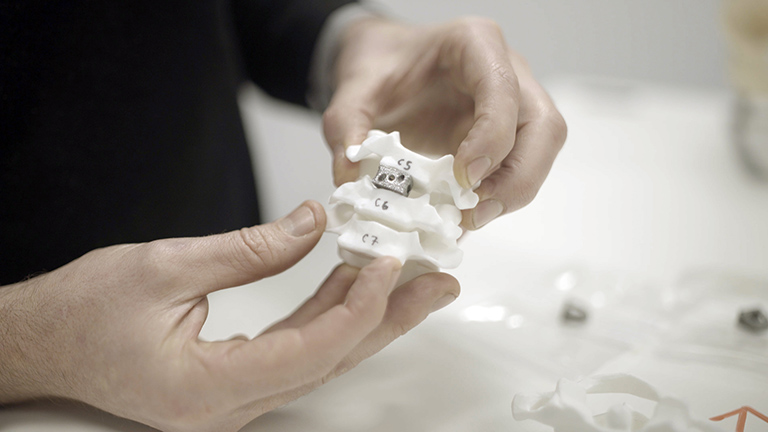Designing Your Dream Home: Key Features to Consider in New Builds
Designing a dream home is an exciting yet complex process that requires careful consideration of various elements. From aesthetic preferences to functional requirements, every detail plays a crucial role in creating a living space that meets your needs. In this article, we will explore key features to consider in new builds, including the importance of soft story retrofitting, and provide insights into how to achieve a harmonious and practical design.
Understanding New Builds
New builds refer to homes that are constructed from the ground up, offering the opportunity to customize every aspect of the design. Unlike purchasing an existing home, new builds allow homeowners to select layouts, materials, and finishes that align with their personal preferences. However, with this flexibility comes the responsibility of considering essential features that ensure long-term comfort, safety, and sustainability.
Key Features to Consider in New Builds
1. Floor Plan and Layout
The floor plan is the foundation of any home design. It dictates the flow of movement and the functionality of spaces. When considering a new build, it’s vital to assess your lifestyle needs. Open-concept layouts can create a sense of spaciousness and facilitate social interactions, while traditional layouts may offer distinct rooms for privacy. Think about the number of bedrooms, bathrooms, and additional spaces such as home offices or playrooms that will accommodate your family’s needs.
2. Energy Efficiency
Sustainability has become a significant consideration in modern home design. Energy-efficient features can lead to long-term savings on utility bills and a reduced environmental footprint. Consider incorporating high-quality insulation, energy-efficient windows, and advanced HVAC systems. Additionally, renewable energy sources, such as solar panels, can enhance energy efficiency and may provide tax benefits.
3. Quality Materials
Choosing the right materials is crucial for the durability and aesthetic appeal of your home. Opt for high-quality materials that not only look good but also stand the test of time. This includes selecting durable flooring options, weather-resistant siding, and energy-efficient windows. Prioritize materials that require minimal maintenance, ensuring your dream home remains beautiful without excessive upkeep.
4. Soft Story Retrofitting: Enhancing Safety and Stability
For homeowners in earthquake-prone areas, Soft Story Retrofitting is a vital consideration. A soft story building typically has a garage or open space on the ground floor, making it more vulnerable to seismic activity. Retrofitting involves reinforcing the structure to improve its stability and safety during an earthquake. This process can include adding steel braces, shear walls, or reinforcing existing supports. Investing in soft story retrofitting not only protects your home but also enhances its resale value, demonstrating a commitment to safety and preparedness.
5. Smart Home Technology
Integrating smart home technology into your new build can significantly enhance your living experience. Smart systems offer convenience, security, and energy efficiency. Consider incorporating features such as programmable thermostats, smart lighting, and security cameras. These technologies can be controlled remotely, allowing for greater control over your home environment and energy consumption. Furthermore, they can increase the value of your property by appealing to tech-savvy buyers in the future.
6. Outdoor Space
Don’t overlook the importance of outdoor areas in your new build design. A well-designed outdoor space can serve as an extension of your living area, providing opportunities for relaxation and entertainment. Consider features such as patios, decks, and landscaped gardens that enhance the aesthetic appeal of your home. Additionally, think about incorporating outdoor kitchens or fire pits for entertaining guests. These spaces can significantly enhance your quality of life and increase your property’s overall value.
7. Sustainability Features
Incorporating sustainable features into your new build can have a positive impact on both the environment and your wallet. Consider features such as rainwater harvesting systems, greywater recycling, and energy-efficient appliances. These elements not only contribute to sustainability but also demonstrate a commitment to responsible living. Moreover, many governments offer incentives for eco-friendly building practices, making it financially advantageous to prioritize sustainability.
8. Future-Proofing Your Home
When designing your dream home, consider future needs as well. This may include planning for a growing family, aging in place, or potential changes in lifestyle. Features such as wider doorways, single-story living options, and adaptable spaces can make your home more accommodating for various life stages. Additionally, think about the potential for adding rooms or expanding your outdoor space as your needs evolve over time.
Conclusion
Designing your dream home is an exciting journey that requires careful planning and consideration. By focusing on key features such as thoughtful layouts, energy efficiency, quality materials, and the importance of soft story retrofitting, you can create a living space that not only meets your current needs but also adapts to future demands. Embrace the opportunity to design a home that reflects your style and values while ensuring safety, comfort, and sustainability for years to come.




